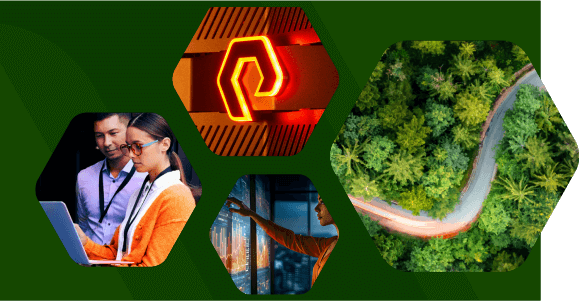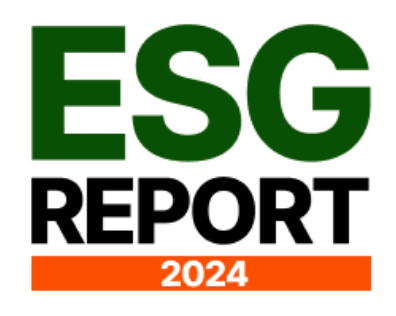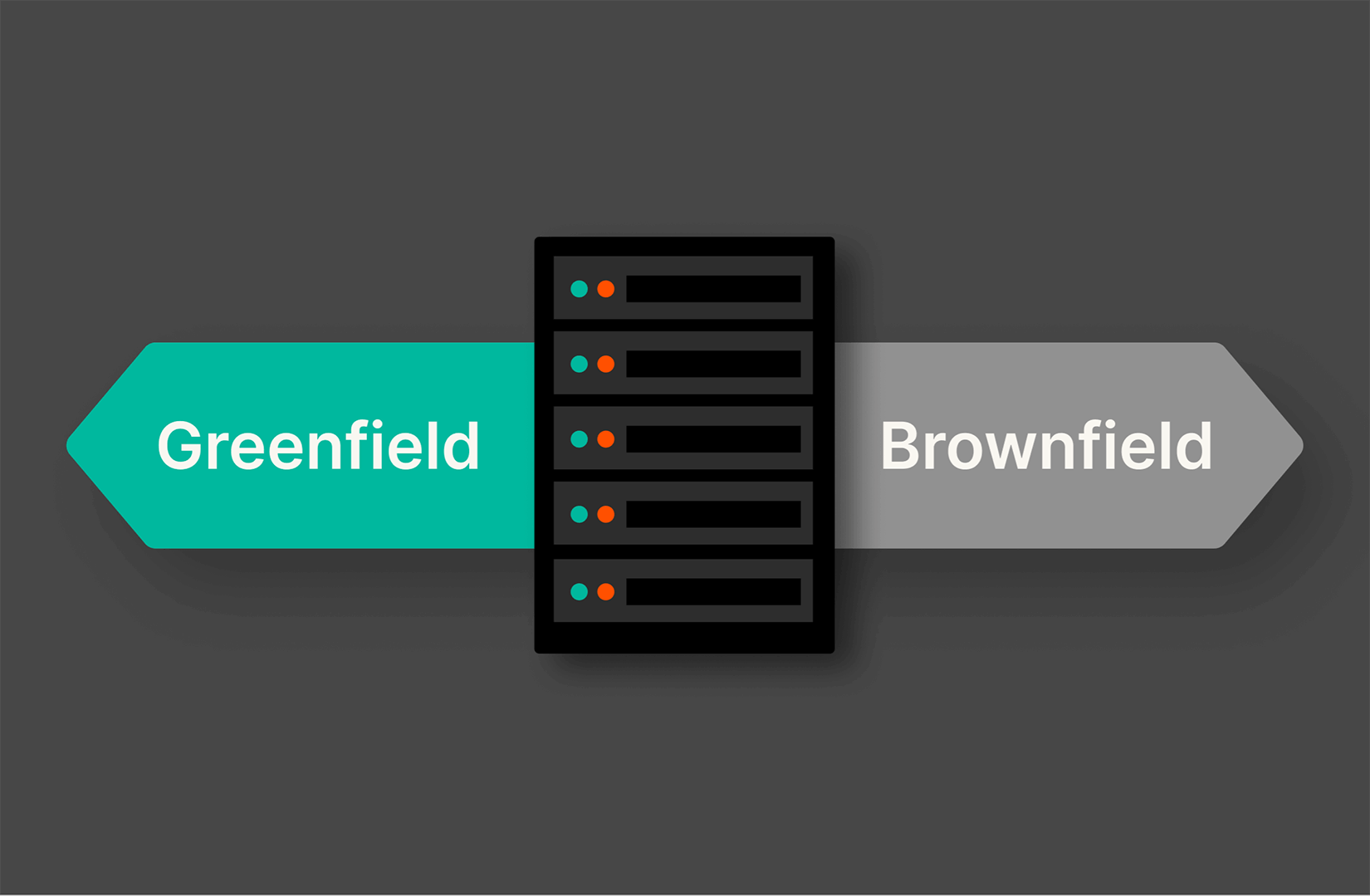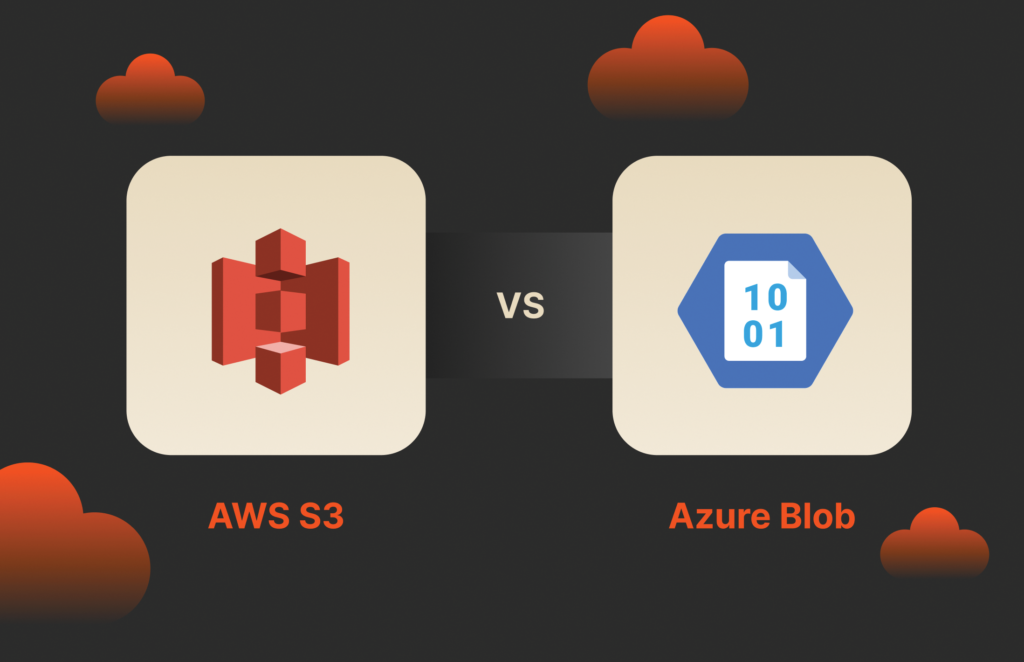Greenfield and brownfield are investment terms to describe how projects are built. They can be applied to a range of projects from real estate and infrastructure to software, applications, and more. In the context of data centers, greenfield vs. brownfield describes the approach to the build-out of the facility and location.
In general, greenfield investments are built from scratch, while brownfield investments involve repurposing something existing. The classifications can help enterprises understand the scope of a project and the potential risks and returns, timelines, limitations, and long-term implications of each approach.
Read: The All-flash Data Center Is Imminent


The Importance of Greenfield and Brownfield to Data Center Investments
Understanding when and why greenfield data centers are beneficial over brownfield data centers can help enterprises invest wisely in data center projects that will be able to scale and provide data resilience and ROI. A greenfield data center is a customized, from-scratch data center, while a brownfield data center could be an existing warehouse or structure converted into a data center.
It’s especially important as new, power- and data-hungry workloads, such as the internet of things (IoT), artificial intelligence (AI), and high-performance computing, require more from already overwhelmed data centers. These modern workloads are disrupting traditional IT infrastructures and data centers with increased processing, power, and cooling demands. Without proper design and optimization from the ground up, accommodating new demands in older facilities can make energy and sustainability goals more expensive—and more difficult to meet.
In some cases, legacy brownfield facilities simply can’t be retrofitted to handle current and future demands. This is a prime opportunity to incorporate always-modern, efficient data storage to offset those challenges.
What Is a Greenfield Data Center?
A greenfield data center is built from scratch on a completely new site. It begins with a clean slate, typically on undeveloped land. Greenfield data centers are brand-new facilities in every way, and involve both constructing a new building and implementing new IT infrastructure and systems from the ground up.
Because greenfield data centers are not constrained by an existing layout, size, or location, they can be tailored specifically to an enterprise’s data needs. For example, data centers meant to house high-compute workloads such as artificial intelligence may have different rack and cooling requirements than data centers housing long-term cold data storage or archival data.
Advantages of a Greenfield Data Center
The primary reason to choose a greenfield data center investment is the ability to design the data center to exact specifications and requirements. Retrofitting can often lead to unused capacity, underutilized racks, and processors failing to run at max capacity due to power or storage constraints. With square footage at a premium, maximizing every inch and kilowatt is crucial.
The primary advantages of greenfield data centers are:
- Optimized design: An enterprise can plan for and implement the latest technologies and best practices right from the start, making innovation seamless and sustainable. They’re also free from dependencies on older technologies.
- Sustainability and energy efficiency: As technology evolves to be more energy efficient, a greenfield data center can be designed with the latest sustainable technologies and cooling methods, reducing power utilization and long-term operational costs.
- Choice of location: Location can play a critical role in data resilience and availability. Being able to choose a location based on accessibility, network connectivity, power and water costs, and topographical factors, such as temperatures, floodplains, seismic zones, and other environmental features, can contribute to a more resilient data center.
- Customization: Building from scratch allows for complete customization to meet the requirements of the enterprise and its IT infrastructure and changing compliance regulations and ESG mandates.
- Security: Considering physical and network security at the design phase can help enterprises address increasing concerns with resilience.
- Scalability: Organizations get the flexibility to plan for future scalability and expansion requirements based on forecasting and growth plans.
Disadvantages of a Greenfield Data Center
Greenfield data centers often require more capital investment and more time. Additional costs, such as land acquisition, construction, IT equipment, cooling systems, and other infrastructure components, are necessary when starting from scratch.
What Is a Brownfield Data Center?
A brownfield data center is built by repurposing an existing facility, such as a warehouse or office building. Renovations can transform a space to accommodate data center operations, but only within the constraints of its existing footprint, and sometimes power supply.
Advantages of a Brownfield Data Center
- Cost-effective: With the basic structure already in place, brownfield data center projects typically involve lower initial costs.
- Faster deployment: Renovations can be quicker than waiting for a new facility to be constructed, shortening the lead time to getting up and running.
- Location-first: Choosing an existing facility vs. having to find a new, undeveloped plot can enable enterprises to choose a brownfield project based on strategic location, leading to savings in transportation and logistical costs.
Disadvantages of a Brownfield Data Center
The biggest challenge to consider with brownfield data centers is one IT teams know well: forcing the new to work with the old. Trying to configure new technologies into legacy sites and systems can lead to siloed infrastructure, inefficiency, capacity limitations, and increased complexity.
- Structural limitations: Existing structures might have limitations in terms of space, layout, and infrastructure, which could impact design and scalability.
- Upgrading challenges: Retrofitting old buildings to meet modern data center standards can be complex and costly.
- Energy inefficiency: Older buildings can lack energy-efficient features or have footprints and design aspects that make them harder to cool efficiently, leading to higher operational costs. This can be offset by modern storage.
Factors to Consider When Deciding between Greenfield and Brownfield Data Centers
Enterprises should consider a few key factors when deciding between a greenfield and brownfield data center:
- Specific requirements of the enterprise IT workloads
- ESG, sustainability, and carbon footprint goals and objectives
- Forecasted data growth
- Planned future projects and initiatives and what they require
- Scalability
- Location preferences
As data and data’s importance continues to grow, it’s crucial to conduct a thorough data center cost-benefit analysis, considering both short-term and long-term implications.
How Energy Efficiency Impacts Brownfield vs. Greenfield Investment Decisions
With data centers, enterprises should estimate how much data will be created, stored, and processed for the long haul, but that’s not all. Data centers consume 2% of the United States’ energy use, making them ground zero for better efficiency to offset that power utilization. This is where greenfield becomes a viable option to address energy and efficiency concerns from the start.
Adapting brownfield investments requires extensive modifications, but even still, it can be difficult to meet modern data center standards. Despite upgrading cooling and electrical systems, there can be inherent design and space challenges.
Demands on data centers will only increase, making all-flash data storage the gold standard and frankly, only way forward in optimizing any data center for power, water, and space.
Conclusion
Saving money and saving the planet can be competing priorities for enterprises, especially in the data center. This makes data center design particularly important today, as technological innovations such as AI create more demand and energy costs continue to rise.
Brownfield data centers offer cost savings and speed, which are attractive on tight timelines and budgets. However, brownfield data centers often cannot meet the sustainability and capability targets that a greenfield data center can.
Whichever investment route an enterprise chooses, the data storage technology in the data center must be future-proof, sustainable, efficient, and able to tackle the challenges of modern workloads. The Pure Storage® Evergreen® subscriptions portfolio can offer enterprises the flexibility to reap the benefits of both greenfield and brownfield approaches and maximize the data center footprints of each.
Explore the Evergreen subscriptions portfolio: Evergreen//One™, Evergreen//Flex™, and Evergreen//Forever™.

Written By:
Always-modern Data Storage
Get the flexibility to reap the benefits of both greenfield and brownfield approaches.






